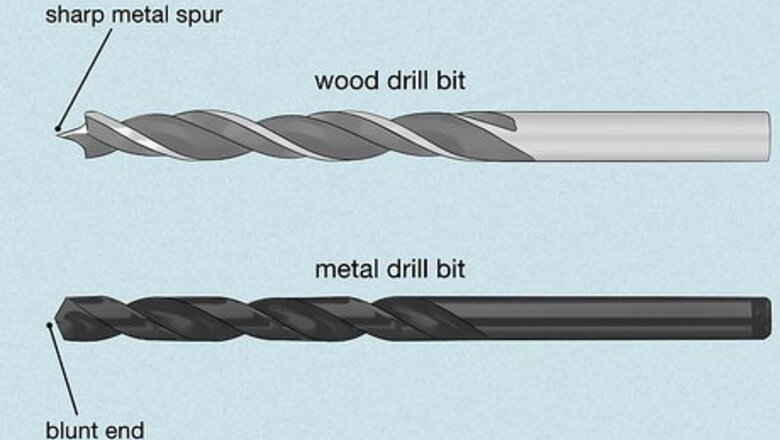
views
- A wood drill bit has a pointed spur on the tip. A metal drill bit comes to a blunt point.
- Metal drill bits may have a black or gold coating. Wood drill bits usually have a shiny silver finish.
- It’s safe to use a metal drill bit for wood but it may create rough edges around the hole. Avoid using a wood drill bit for metal since it will dull quickly.
Main Differences Between Wood and Metal Drill Bits
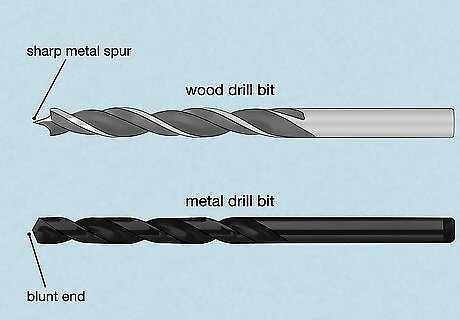
Shape Wood drill bits have a sharp metal spur in the middle of the tip to help bore through the material and keep your tool straight. Metal drill bits have blunt ends without any protrusions so they grind through the material evenly.
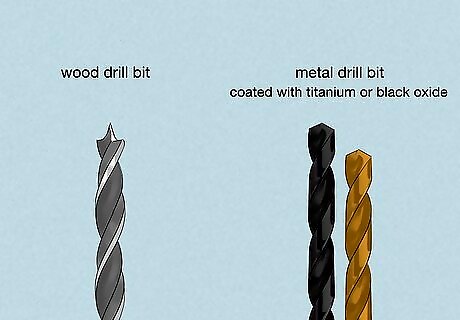
Material Metal drill bits tend to have a black or gold finish while most wood drill bits only have a shiny silver finish. Metal drill bits need extra strength and heat resistance so they don’t get damaged when you use them, so they’re coated with a stronger metal, like titanium or black oxide. Some manufacturers make wood drill bits out of these durable materials as well, so always look for a spur at the end of the tip.
Types of Wood Drill Bits
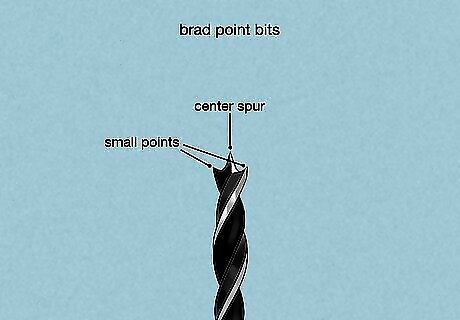
Brad point bits Brad point bits have 1 spur in the center of the tip and 2 small points on either side. When you use a brad point bit, press the spur into the material where you want to drill to keep it from slipping. Since the tip and the edges drill into the wood first, the hole you make will have smooth edges without any splintering. Use a brad point bit whenever you need a small, clean hole, like when you’re installing dowels or making pieces of furniture.
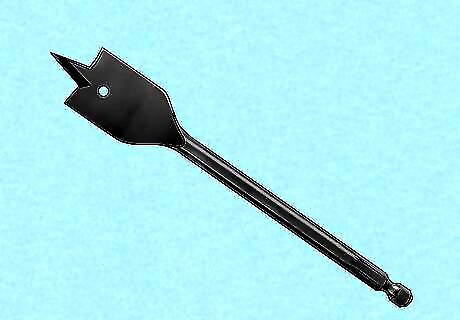
Spade bits Also called “paddle bits,” spade bits have a wide, shovel-shaped tip with a point in the middle. The point helps you mark the center of the hole so it’s easier to see where you’re cutting. Use a spade bit at a high speed so the blade doesn’t catch on the material or leave a splintered edge. Drill with a spade bit when you need to cut rough holes between ⁄4–1 ⁄2 in (0.64–3.81 cm), like when you’re doing plumbing or electrical work.
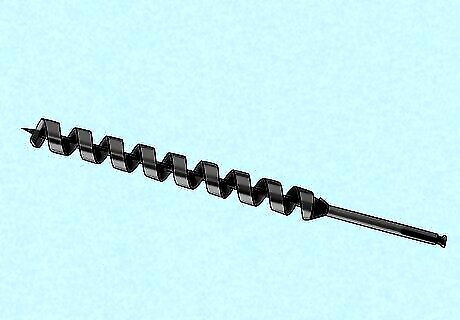
Auger bits Auger bits look similar to standard brad point bits, but they end in a screw-shaped tip instead. The screw tip at the end of the bit helps pull the wood against the drill so it’s easier to cut without applying a lot of pressure. The spiral also helps pull out wood shavings more quickly, so your drill can work better without clogging. Use an auger bit if you need to bore a deep hole through wood.
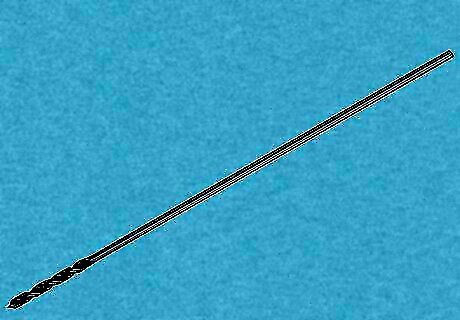
Installer bits Installer bits have a long and smooth section that attaches to your drill before ending in a standard spiral tip. Since these bits are long and flexible, they’re the best for boring through hard-to-reach spots inside your walls. Pick an installer bit if you’re running electrical or internet wires through the studs inside of your wall.
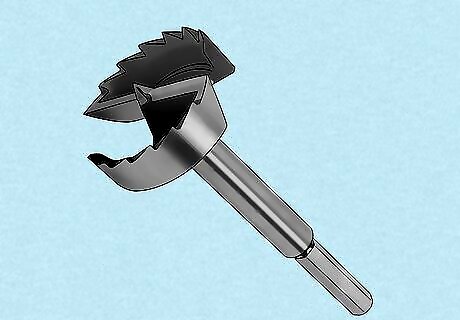
Forstner bits Forstner bits have a circular cutting blade with a flat bottom. When you drill with a Forstner bit, it shaves layers of wood off the bottom of the hole at the same time as the sides so it has a smooth finish. Forstner bits are best if you need to cut a hole into wood without it going all the way through, like if you’re installing inset hinges.
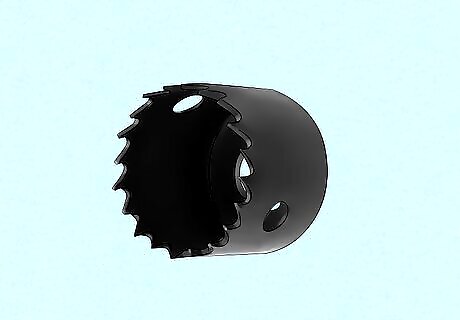
Hole saws Hole saws are circular with cutting teeth along the outside edge. Whenever you need to cut a large perfect circle out from your wood, opt for a hole saw since it will cut faster than your standard drill bits. Use a hole saw on plywood and thinner pieces of wood when you need to make a hole larger than ⁄4 inch (1.9 cm).
Types of Metal Drill Bits
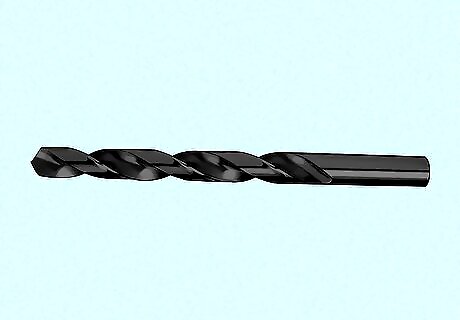
Twist drills Twist drills are the most common type of drill bit and have a simple spiral shape with a blunt tip. They’re usually made of high-speed steel, cobalt, or carbide, so they’re strong enough to drill through soft steel and sheet metal. Use a twist drill whenever you need to make small and precise holes for any type of project you’re working on.
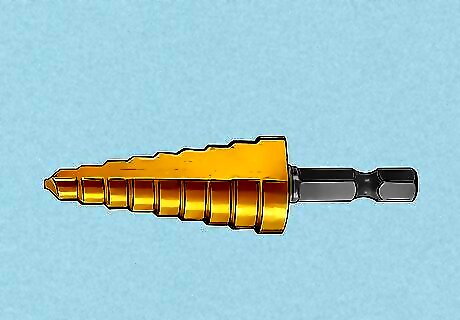
Step drills A step drill looks like a small cone so you can drill holes at multiple diameters without changing the bit. As you bore into a piece of metal with a step drill, just keep pushing it through the material until you reach the final diameter you want. Step drills work best for cutting holes through thin pieces of sheet metal.
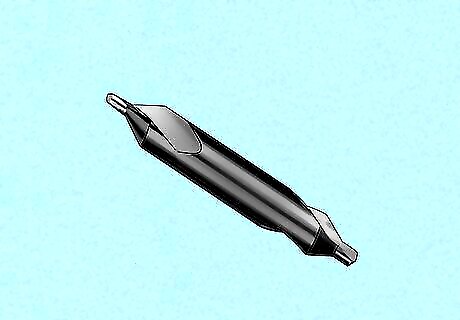
Center bits Center bits have a small blunt tip that sticks out further than the end so you can precisely place the middle of the hole on the metal you’re drilling. The tip helps hold the drill in place as you’re first starting the hole so it doesn’t move around or cut in the wrong spot. Center bits work best when you use them on a drill press or lathe for making pilot holes.
Can you use metal drill bits for wood?
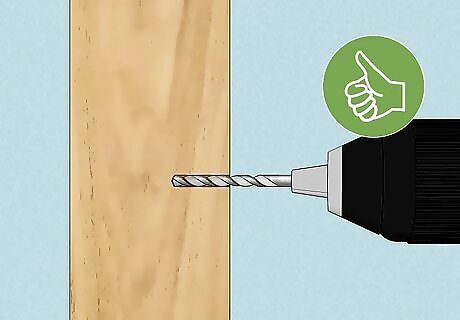
You can, but you’re more likely to damage the wood. Metal drill bits are strong enough to cut through wood, so you can use them in a pinch. Since the tips of metal drill bits are more rounded, they apply more pressure on the wood and may cause the edges of the hole you’re drilling to blow out.
Can you use wood drill bits for metal?
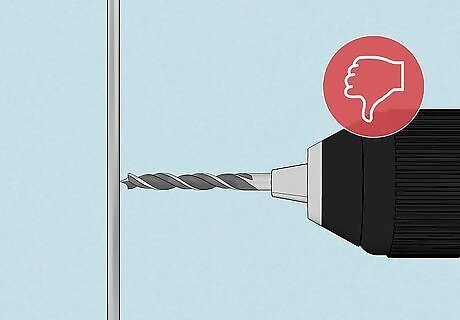
No, wood drill bits will get damaged or break on metal. The spurs on wood drill bits aren’t made of strong material, so there’s a higher chance that it will get dull after drilling through metal. To keep all of your bits sharp and intact, switch to one made to bore through the material you’re drilling into.
















Comments
0 comment